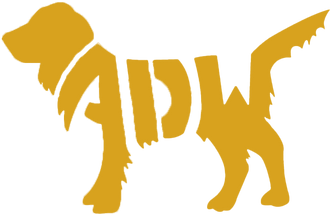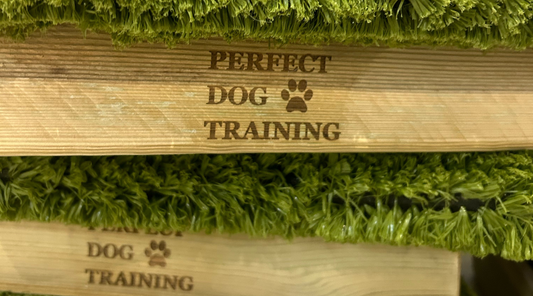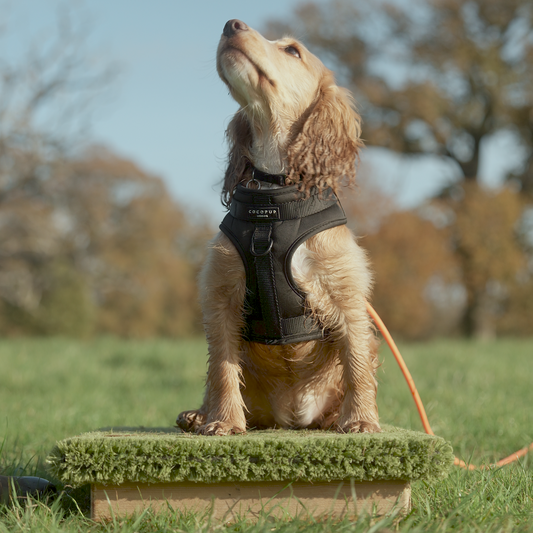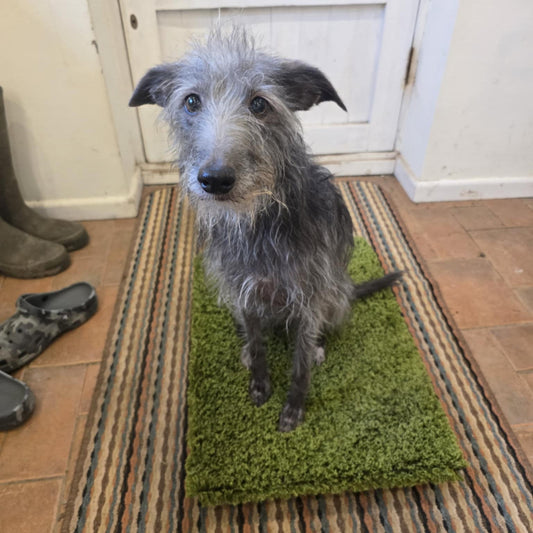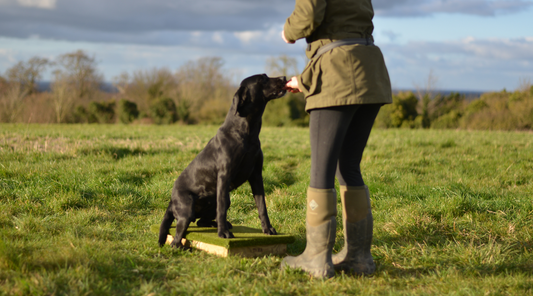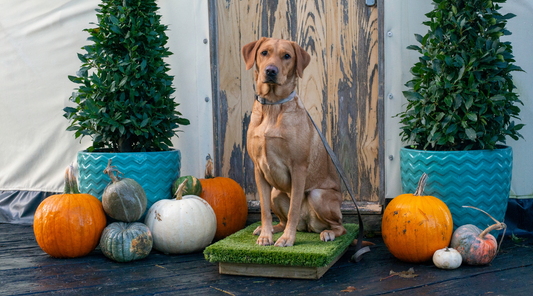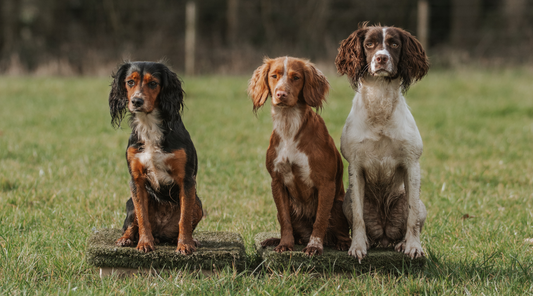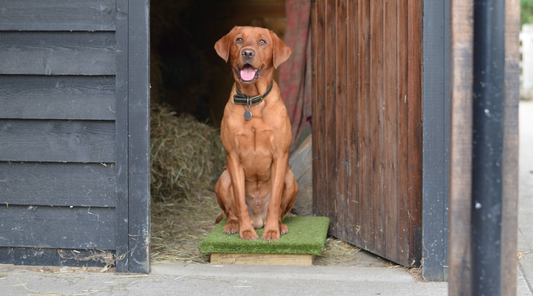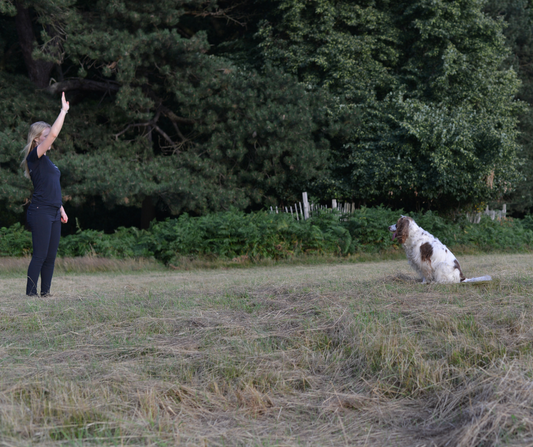Place Board Training
Step-by-Step Guide: Using a Place Board for Dog Training
Step-by-Step Guide: Using a Place Board for Effective Dog Training Training your dog to follow commands, stay focused, and understand boundaries can be a challenge. Using...
Choosing the Right Size Place Board for Your Dog’s Training Needs
Choosing the Right Place Board Size for All Breeds At Anglian Dog Works, we believe that simplicity and consistency are keys to effective dog training, which...
Understanding the Place Board: A Beginner's Guide to Dog Training Platforms
What is a Place Board? Place Boards are essential training tools in dog training, helping to cut the confusion and communicate to dogs exactly where we...
How Place Boards Improve Sit-Stay and Steadiness in Gundog Training
How Place Boards Help Sit-Stay and Steadiness in Dog Training Training a dog to perform Sit-Stay and demonstrate Steadiness is fundamental in gundog training. Among the...
🎧Place Board Podcast
From getting started, to new ways to train using a platform If you want to get started with Place Board training,Or, are interested in getting some...
dog training place board
A place board is a useful training tool for dogs, especially for teaching them to stay in one place. It is essentially a raised platform, usually...
Training a STOP using a Place Board
Training a Stop Whistle A Quick 3-Step Place Board Exercise Googling sunset times to plan my training timetable, I realised it would be a good idea...
Retrieve to hand
Delivery to hand: gundog retriever training In gundog training, ‘delivery to hand’ describes the ideal pattern for a dog’s return after picking a retrieve. The aim...
How to stop your dog running away with things
Working with working breed dogs that have the instinct to chase and hunt I often hear owners say they have a dog with perfect recall UNTIL...
